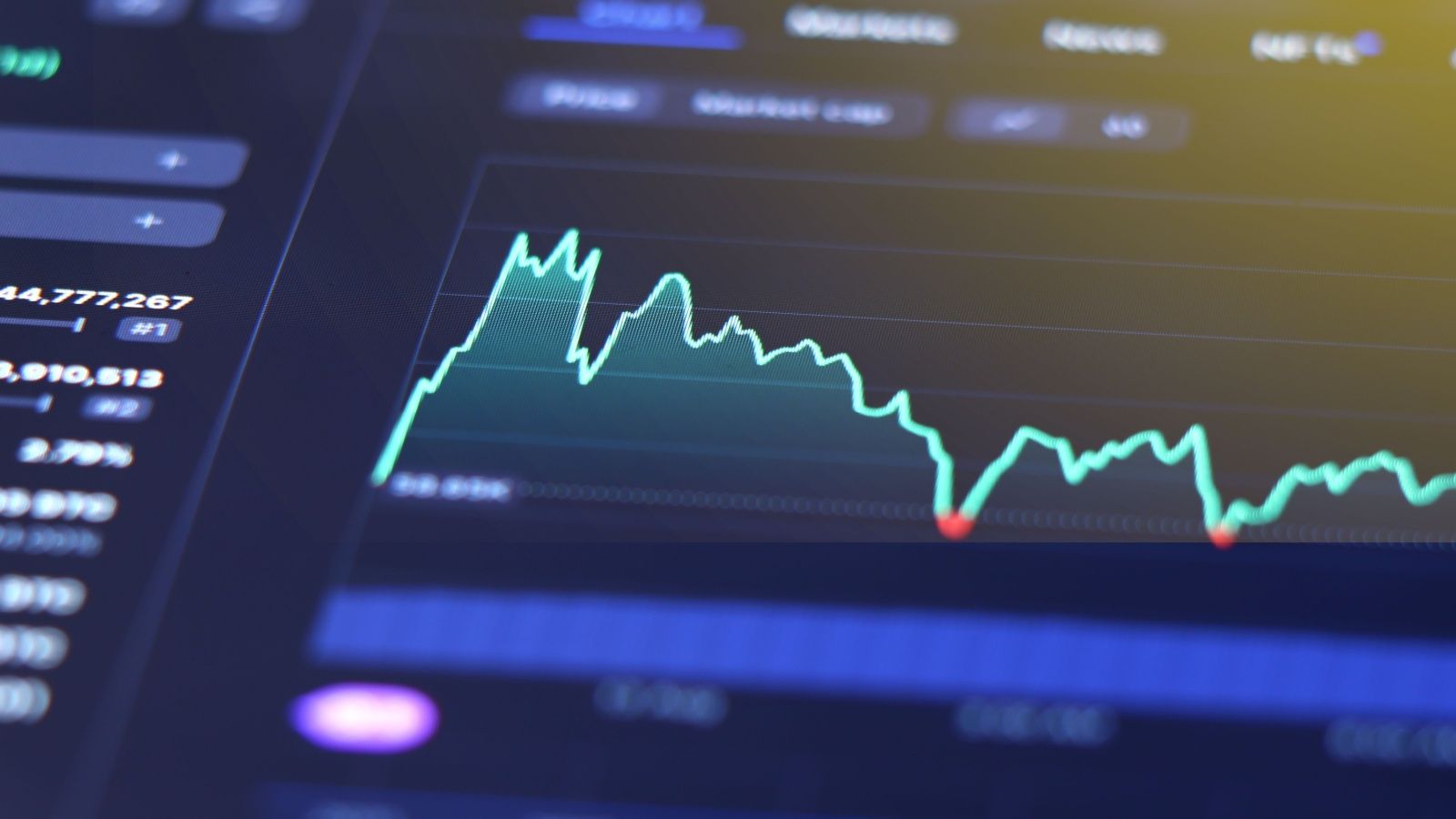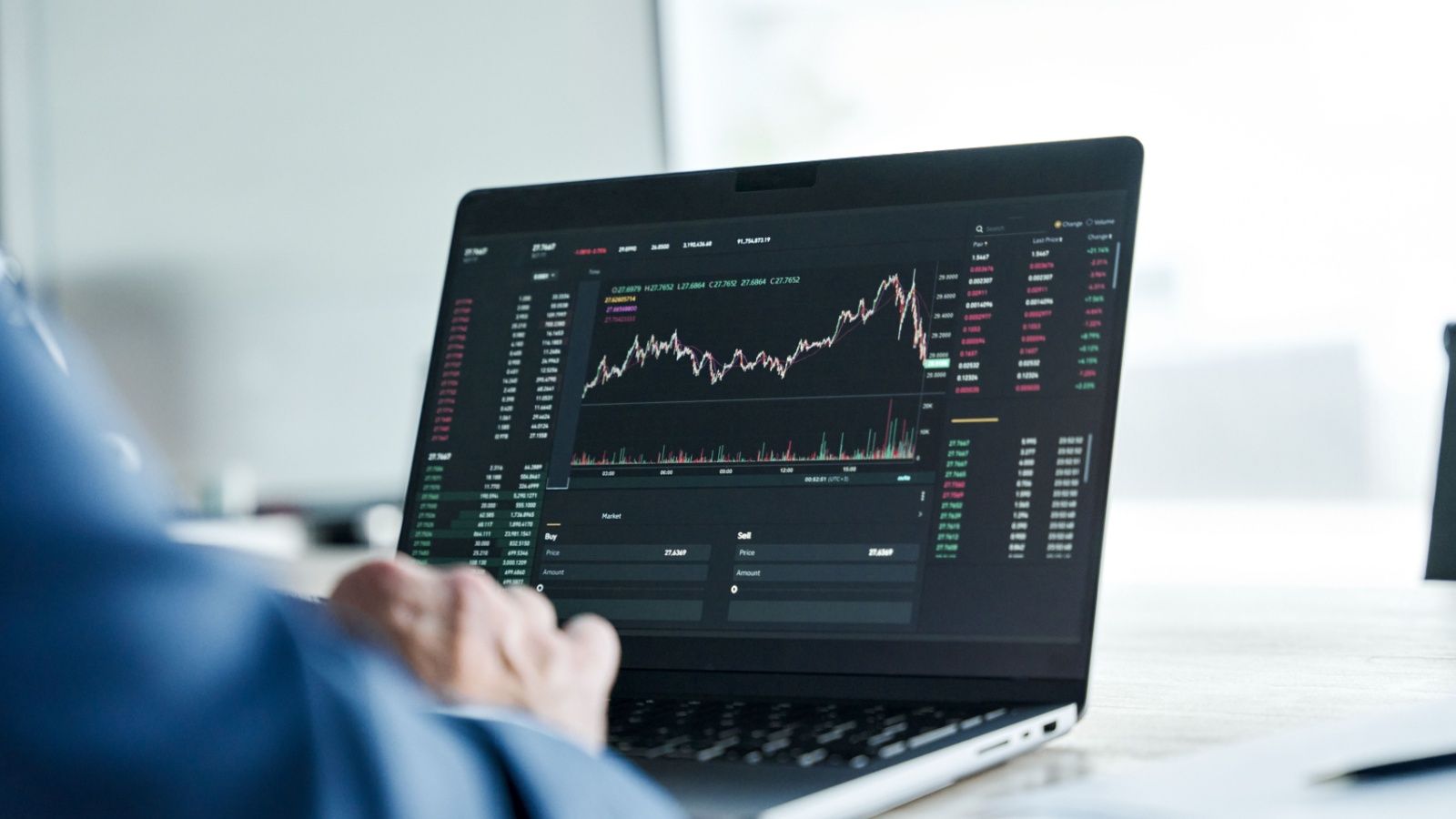Understanding Risk vs Return in Investing
Written by Mariyam Sara
Published on October 31, 2025 | 2 min read

Risk and return have a positive relationship. The higher the risk, the higher the returns. Investments with a higher probability of loss also carry a higher probability of significant returns. And investments with a low probability of loss carry lower.
The key to successful investments is understanding the kind of risk and returns of investments to make informed decisions.
What are Risk and Return?
Risk is the uncertainty associated with an investment like stocks, bonds, and other securities. When you invest, you face the possibility of losing a portion or full the capital you invested.
Return is the potential gain on the capital amount invested. If an investment generates even 1% of the capital, that is called Return on Investment, also known as ROI.
The Concept of Risk and Return
Risk and return work hand-in-hand, where one cannot exist without the other. Return is the reward for bearing the risk involved with the investment. An investment with high risk offers higher returns as rewards. Similarly, low-risk investments reward low returns.
Types of Risk
There are different types of risks associated with different types of investments.
Liquidity Risk
Liquidity risk is the risk that investments cannot be converted to cash easily and quickly. Investments like real estate or ELSS (Equity-Linked Savings Scheme) have low liquidity as they cannot be easily and immediately converted to cash.
Market Risk
Market risk is the possibility of the markets moving downwards. Market risk includes the risk of unfavorable changes in stocks, currency, and interest rates in the markets.
Specific Risk
Specific risk refers to the financial issues and risks associated with a company. Investors track a company’s financial performance frequently and diversify their investments so negative performance of one investment does not bring down the whole portfolio value.
Credit Risk
Credit risk is the counterparty risk where a borrower or company is unable to repay the borrowed funds. Credit risk is faced by lenders who invest in corporate bonds, where a company may default on the loan. To combat credit risk, investors invest in financially strong companies that can fulfil their obligations without delay.
Interest Rate Risk
When the central banks hike up the interest rates, it increases the cost of borrowing for companies. But it’s favourable for investors looking to invest in currencies. But both face interest rate risk due to changes in interest rates in an economy.
Inflation Risk
Inflation risk is the decreasing value of your money, which reduces the value of your investments. Inflation erodes the purchasing power of your money. Investors strive to invest in assets that can keep up with the increasing inflation and beat inflation.
Types of Return
Here are the different types of returns investors earn on different investments.
Capital Appreciation
Capital appreciation is the growing value of your investments. For example, when you invest in real estate, after a few years, the value of your properties rises either due to inflation or urban development. This increase in value is called the ‘Capital Appreciation.’
Dividends
When you invest in dividend-paying stocks, the companies regularly share a portion of their profits with their shareholders. This dividend can be an additional stream of income for the investors.
Interest
When you buy bonds, you get regular interest payments for lending the money to a company or government. The interest rates vary across different companies, companies with bad credit ratings offer higher interest rates, while government bonds offer low interest returns.
Rental Income
When you invest in real estate, you can put up your properties for rent and earn a regular income.
Return on Currency Trading
In currency trading, traders generate profits by trading various currencies. Returns are generated by taking advantage of the difference in the exchange rates between different currencies.
Before you start trading or investing, understand your risk-bearing capabilities. Take calculated risks and research well before investing in assets. Remember to diversify your portfolio by investing across different asset classes.
About Author
Mariyam Sara
Sub-Editor
holds an MBA in Finance and is a true Finance Fanatic. She writes extensively on all things finance whether it’s stock trading, personal finance, or insurance, chances are she’s covered it. When she’s not writing, she’s busy pursuing NISM certifications, experimenting with new baking recipes.
Read more from MariyamUpstox is a leading Indian financial services company that offers online trading and investment services in stocks, commodities, currencies, mutual funds, and more. Founded in 2009 and headquartered in Mumbai, Upstox is backed by prominent investors including Ratan Tata, Tiger Global, and Kalaari Capital. It operates under RKSV Securities and is registered with SEBI, NSE, BSE, and other regulatory bodies, ensuring secure and compliant trading experiences.

























